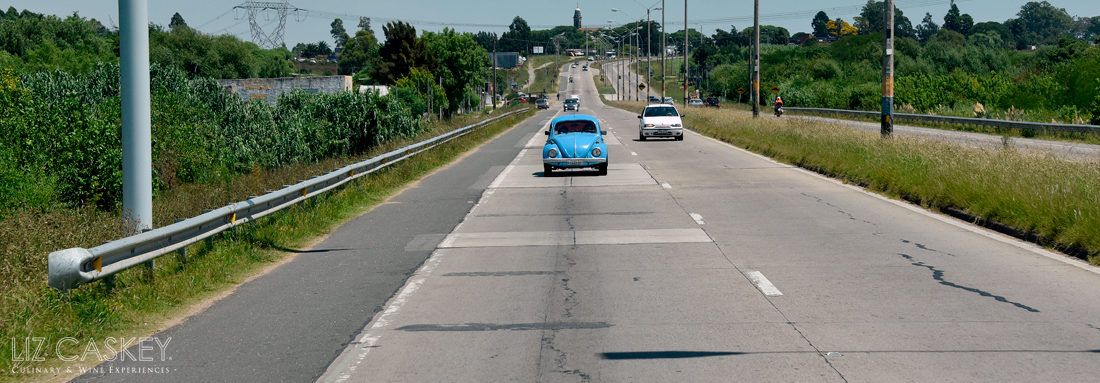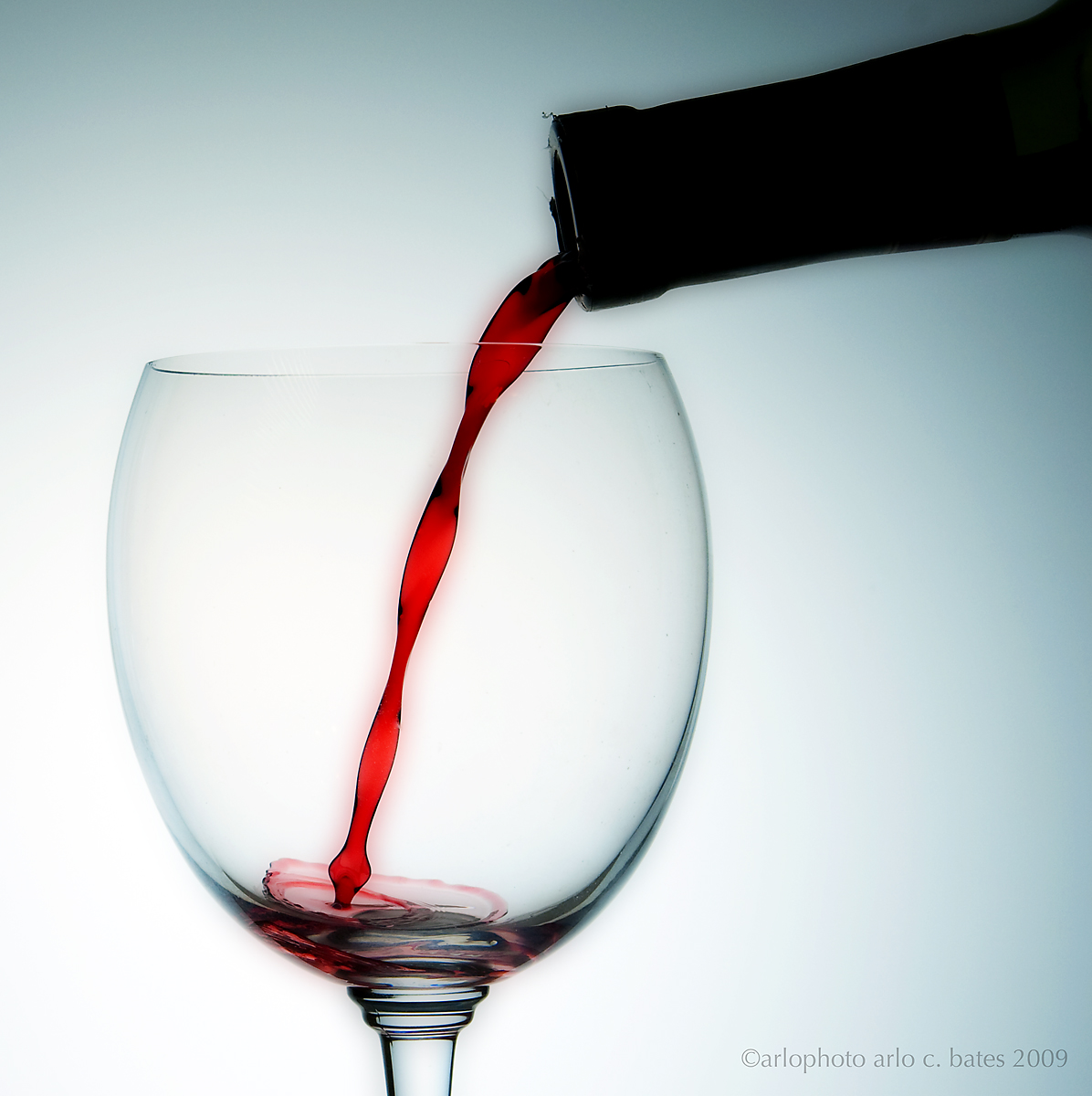If there was a natural “juice” that tasted great, gave you a little buzz, kept your heart healthy, AND maintained those wrinkles at bay, wouldn’t you be sprinting to get your hands on it? Ok, rhetorical question.
There’s been a lot of press hoopla as of late around all the retarding effects red wine has on aging. “Drink my Cab and knock 5 years off?” Well kinda, and not exactly at the same time. Research has now found that red wines made from the Tannat grape are the healthiest wines available due the high content of procyanidins, about 3-4 times that of a good Cabernet Sauvignon.
If you’re familiar with The French Paradox with titles like French Women Don’t Get Fat then by all means get Roger Corder’s The Wine Diet. Yes, there’s documented research suggesting that drinking red wine is not only good for you–we all should be drinking more of it. The holy grail? Quite possibly. As Corder explains, particularly the traditional Madiran wines in South-West France made from Tannat, an inky, tannic wine, contains high amounts of polyphenols. These polyphenols powerfully stimulate the natural vasodilator Nitric Oxide (NO), essential for vascular health. This suggestion is in the same vein as incorporating dark chocolate, unrefined cacao, berries, and nuts to your diet.
I am by no means a doctor nor health certified expert on this matter, although it does interest me. So I am just going to take Corder’s suggestion to heart and make the jump from the wines of Madiran to their New World Tannat cousins in Uruguay. On the breezy, verdant coast of Uruguay with rolling hills studded with gauchos, cows, and vines, Tannat has found its softer, fuller expression. Still a loaded, austere black juice, here the berry component explodes. The Uruguayan wine scene, IMHO, is coming of age. Winemakers are producing better grapes; making better wines; getting their Tannat to the international market; educating the public (abroad) on what the heck Tannat (not, Tan-what) is anyways.
Here are several Tannats to look for in the North American market to get your recommended dose. Forget the botox injections, just drink up.
Pizzorno Tannat Reserva: Made from the oldest vines in the vineyard, this wine is dark purple in color. In the nose, it’s a little austere at first but after, black plums (the kind with pink flesh) and the scent of wild berries (blackberries, raspberries) emerge. You “bite” into this wine. It’s fleshy, dense, and structured. Don’t let the tannins scare you (that’s where the health part is). Just decant this baby for a couple hours, light the grill and through on some lamb chops. The fat in the meat will balance out the tannic load completely. Sommelier Imports in NY can get you the goods.
Bouza: Now exporting to the US, quality is this vineyards first and last name. Keep an eye out for these guys. They produce a number of boutique-production Tannats from the Las Violetas vineyard in the Melilla area of Canelones just outside Montevideo. Among those we’ve tasted and enjoyed, I loved the Bouza Tannat Las Violetas. It is dense, firm with a full fruit impact. Maybe some liquorice and dark fruit in there but very supple tannins given the variety. Bouza is also experimenting with some very cool blends like their Tannat/Tempranillo which is juicy and ready to drink. For those with patience, get ahold of some of their single vineyards (these are a bit of investment with $ and time) like the A6 2007. Talk to the people at Southern Wine Group who are importing and distributing these awesome wines.
Carrau: One of the oldest and finest producers in Uruguay, they excel at Tannat. Excel. Part of the reason is their vineyards located not only in the Canelones region near Montevideo but up in the far north of the country on the border of Brazil, Cerro Chapeu, with a significant sun-kissed climate and sandy, not calcareous soils like in Canelones. Carrau is just now starting to get some traction in both the Canadian and US markets with winemaker and owner, Francisco Carrau, giving talks and wine dinner frequently. Try the 1752 J. Carrau Pujol, a tasty Tannat, Cabernet, Merlot, and Cabernet Franc blend filled with delicate aromas of blackberries, black pepper, and smoke. Tannat is present but the tannins are silky and the wine is l-o-n-g. Delicious with the stinky, ripe cheese (my favorite) they served. Also interesting is their Tannat Tannat, blended with two Tannats–one from Las Violetas region and the other from Cerro Chapeu. Aged 20 months in barrels, and another 6-8 in bottle, this is a unique animal. I think it could last at least 10-15 years with all its structure. But for the impatient (myself included), toss a steak on the grill and pronto.
Last but not least, the blockbuster Tannat that made Hugh Johnson’s 1001 Wines You must Taste Before You Die (compelling read, btw) is Amat. Amo Amat. I heart Amat. This wine redefines and unleashes the international potential of Tannat. Made with grapes from Cerro Chapeu and aged 20 months in oak and another year in the bottle, it is intense (purple) in color. A dark angel. Uber concentrated with licorice, prunes, and a fresh tobacco smell, the mouth is punchy but the tannins feel like a bailarina dancing Swan Lake. It was love at first sip. I didn’t even spit any of it. I chewed on it, pondered it, came back to it, and it got better and better. If you can find this, it will open your Tannat mind to what’s possible for this humble, overlooked variety. What to pair with? The usual grilled meat suspects, cheeses, stews. Inspiring. Check out on their website how to get ahold of the gems here.
Thanks to Arlo Bates for this beautiful picture of the “healthy juice”. Check out his other gorgeous shots here.













